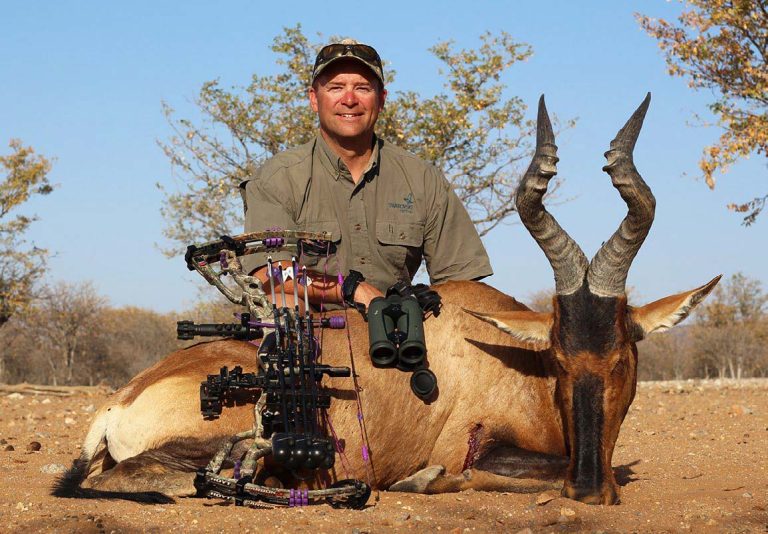Whether we look at fad, functionality or a combination of those elements, the same decision confronts us: Which broadhead will we choose for hunting a particular animal?
Before we get into the nitty-gritty of choosing a broadhead, I want to be clear on one thing: Regardless of how great any given broadhead is, shot placement matters.
Here’s what I’m getting at: If we’re honest, most bowhunters admit that not every shot is perfect. We’ve made excellent shots, we’ve made less-than-perfect shots. If we’ve released enough arrows, at some point, we lost game. Unfortunately, that’s just part of hunting. It’s likely we used a broadhead in which we had absolute confidence. After all, something made us choose that broadhead in the first place. Allow me to share the details of a couple of my hunts to illustrate my points.
Broadhead for Alberta Whitetail
A few years ago, I was hunting the peak of the Whitetail rut in Alberta. I rattled in an absolute giant of a buck. At 20 yards, I sent the arrow, tipped with a 100-grain 3-blade cut-on-contact broadhead, through his chest. It hit a few inches behind the shoulder, but it appeared to be a perfect, double-lung shot. Following up, I tracked that buck for the better part of a mile, and he bled profusely. Over that distance, he bedded 12 times, and each bed was saturated with blood. After eventually getting mixed up in a mishmash of tracks, I gave up looking for him, but I returned the next day. I found he had traveled another 400 yards, only to expire a stone’s throw from where I’d shot him.
The takeaway here should be that, even with a great broadhead that appeared to do its job, bowhunting is not an exact science. Imagine that scenario now if that broadhead had been lighter, the blades had been dull or I’d only been using a two-blade broadhead. I shudder to think what may have happened.
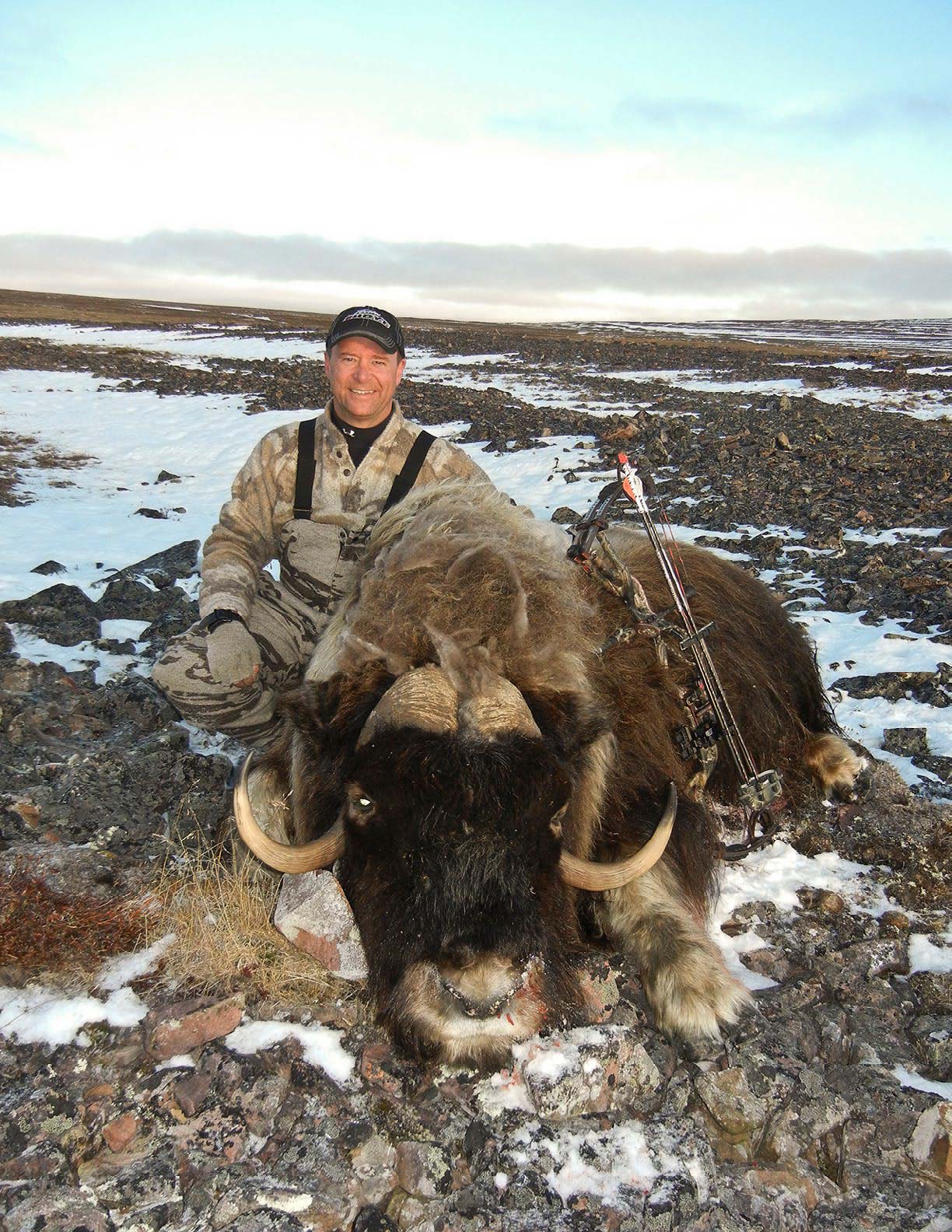
Broadhead for Bull Elk
On another hunt, I shot a 5×5 bull elk using a 100-grain Rage expandable. He stood quartering away at 50 yards. I launched the arrow and it passed directly through the bull. It inflicted severe damage to guts, liver and lungs, exiting on the off-side tight to the leg. A tough animal, the bull still ran 200 yards before falling over. Each blade deployed perfectly and created a massive wound channel. Imagine what could have happened if my shot placement had been off!
On a more positive note, most of my hunts have involved double-lung pass-throughs in which the moose, deer, antelope, sheep, caribou and other animals have expired within 40 yards. In other words, the broadhead I used did its job after I did mine by achieving proper shot placement.
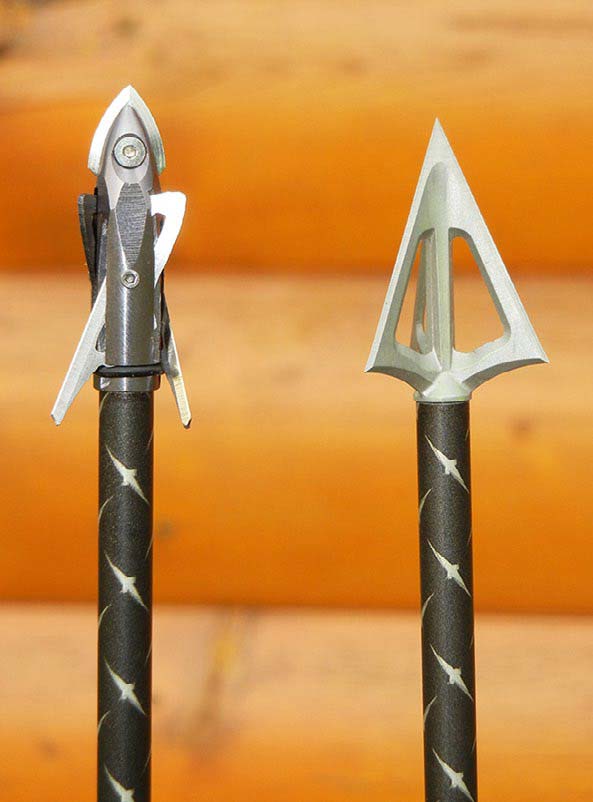
Key Considerations for Broadhead selection
For over 30 years, I’ve been experimenting with different broadheads. Over those three decades, I’ve learned that to a greater or lesser extent, most commercial broadheads can get the job done, but only the finest perform consistently. I’ve had mechanical broadheads work, and I’ve had them fail to open. I’ve had replaceable blades break (a lot) inside animals. And, I’ve had many pass-through shots where I could literally pick up the arrow, wash it and re-use it on another animal.
As an archery writer, I always feel the urge to experiment with more and different broadheads, but deep down I know enough to stick with what works best for me. Still, the newest offerings each year are usually too much to resist. And so, the eternal quest continues.
Most state and provincial regulations dictate that we use only broadheads with a minimum cutting diameter, but there are plenty of things to think about when assessing our best options. We can look at what’s new, grain weight, sharpness (and how they hold an edge), diameter, then whether to go with mechanicals or a variation of a fixed blade. Then of course, there’s the question about the number of blades (two, three, or four-blade) to use.
We all have our favorites. Gear geeks perpetually tinker with the latest and greatest. Many of us are committed to the tried and true. So, what are we to make of the new broadheads hitting the market every year? It only makes sense to ask if these new configurations are really better suited for the game we hunt.
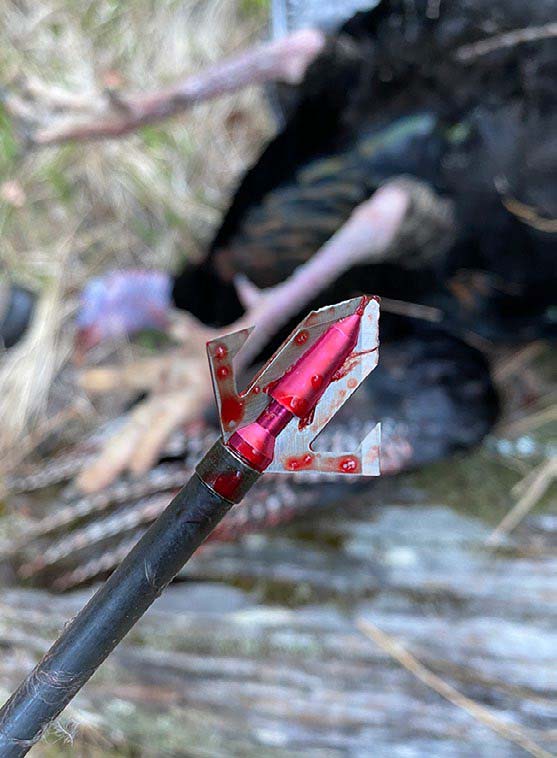
Newest Broadheads
It seems every year, a new crop of neoteric shiny and razor-sharp broadheads are launched at the Archery Trade Association (ATA) show. From fixed-blade to mechanicals and even hybrids, broadhead manufacturers seem to make what was already good that much better.
Stronger and quieter one-piece designs seem to be the most recent trend. To a great extent, beauty is in the eye of the beholder. In the end though, broadhead choice should always come down to that careful balance between effectiveness for the game you plan to hunt and how that consideration pairs with your arrow of choice.
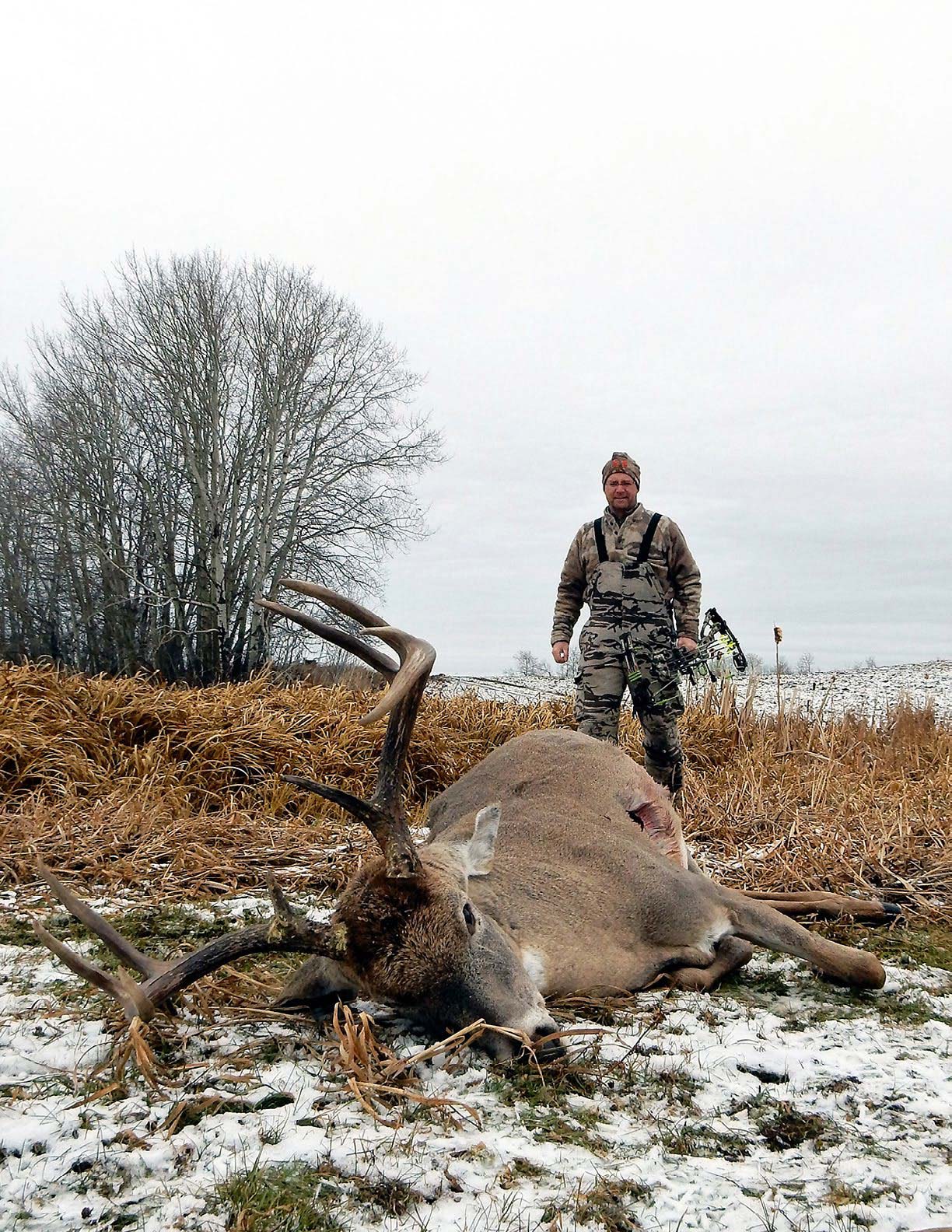
Species-Specific Choices
Experienced bowhunters understand the importance of choosing and using a game-specific tip. While an 85-grain expandable broadhead may work fine on smaller-bodied, thin-skinned deer, a fixed blade cut-on-contact broadhead would be a better choice for bowhunting big Northern, thick-haired black bears. In other words, they’re not all equal. Weight, cutting diameter, number of blades and tensile strength (or durability) all determine efficacy.
For small game like rabbits, grouse, gophers, groundhogs and other critters in this class, a broadhead with a smaller cutting diameter, like the G5 S.G.H. (Small Game Head), is tough to beat. With its one-inch cutting diameter and forward-angled three-blade design, this one is definitely an industry standard.

Shift in Thinking
Before we address suitable broadhead choices for medium-sized to larger game, we need to clarify a shift in thinking. While there can be merit (and circumstantially some requirement to go with a ‘bigger’ broadhead), there has been a big shift toward building heavier arrows and maximizing FOC (front-of-center) by adding heavier inserts up front. This becomes especially important with fixed-blade broadheads and when taking longer shots. Today, most hunting arrows weigh between 450 and 500 grains. While the broadhead itself matters, more bowhunters are sticking with a 100-grain broadhead for all their hunting.
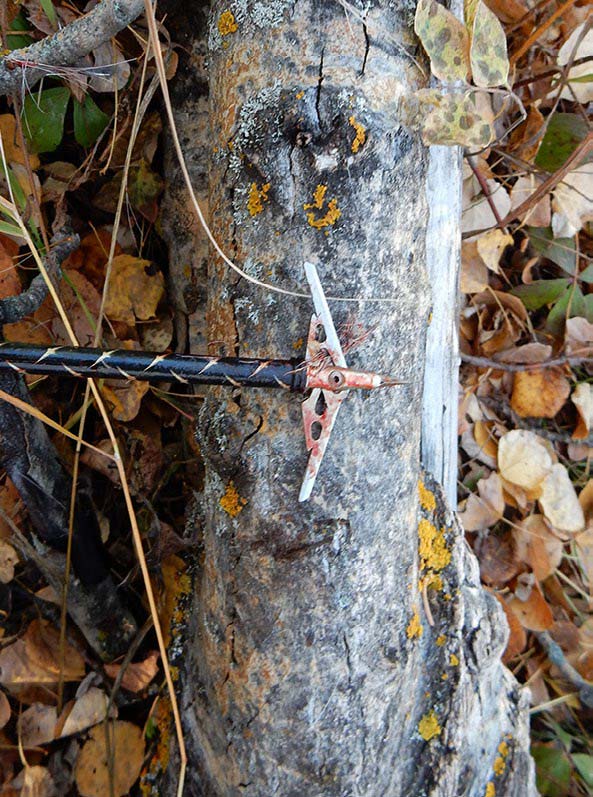
For Middle sized Game
As far as mid-sized game like deer, antelope, wild sheep, mountain goat, bear, elk, moose and other medium-to-larger ungulates (such as African plains game animals) are concerned, the list of broadhead options is long. (Too long to list them).
Most bowhunters are biased based on the strength, durability and sharpness of a preferred broadhead. Top sellers today include broadheads like the G5 Montec M3 and Grim Reaper Hades Pro, along with Muzzy Trocar, Wasp Drone and QAD Exodus.
Top-selling mechanicals include the Rage Hypodermic and Grim Reaper Razorcut SS. In my experience, the two most attractive features with mechanicals are that they fly like field points and the blades typically have a larger cutting diameter. One of the last animals I shot with a 100-grain three-blade Rage Hypodermic mechanical was a bull elk. With an impressive 1.6-inch expandable cutting surface, the wound channel was substantial and the bull bled out quickly. Comparatively, I’ve seen my wife achieve complete pass-through shots on giant bull moose using an 85-grain fixed-blade G5 Montec.
What is my point? With proper shot placement, most of today’s broadheads will serve your purpose. The biggest consideration involves how your broadhead performs with a less-than-ideal shot. If you happen to strike a rib or a shoulder, it must have the tensile strength to drive through without breaking.
That’s why the three most important broadhead characteristics I look for are tensile strength, sharpness and a cutting diameter of 11/16 inch or more. Thirty years ago, I shot 125-grain broadheads. With today’s technology, I see no need to diverge from my 100-grain preference for virtually any game animal in Canada, including muskox and grizzly bear.
When broadhead choice becomes a more specialized decision is when you’re after much bigger, more dangerous game like Africa’s Big 5 or hunting Argentina’s big game. For Cape buffalo, for instance, a heavier 600-grain arrow armed with a cut-on-contact 2-tapered 2-blade broadhead (like a 125- or even a 150-grain Magnus Stinger Buzzcut) might be more suitable.
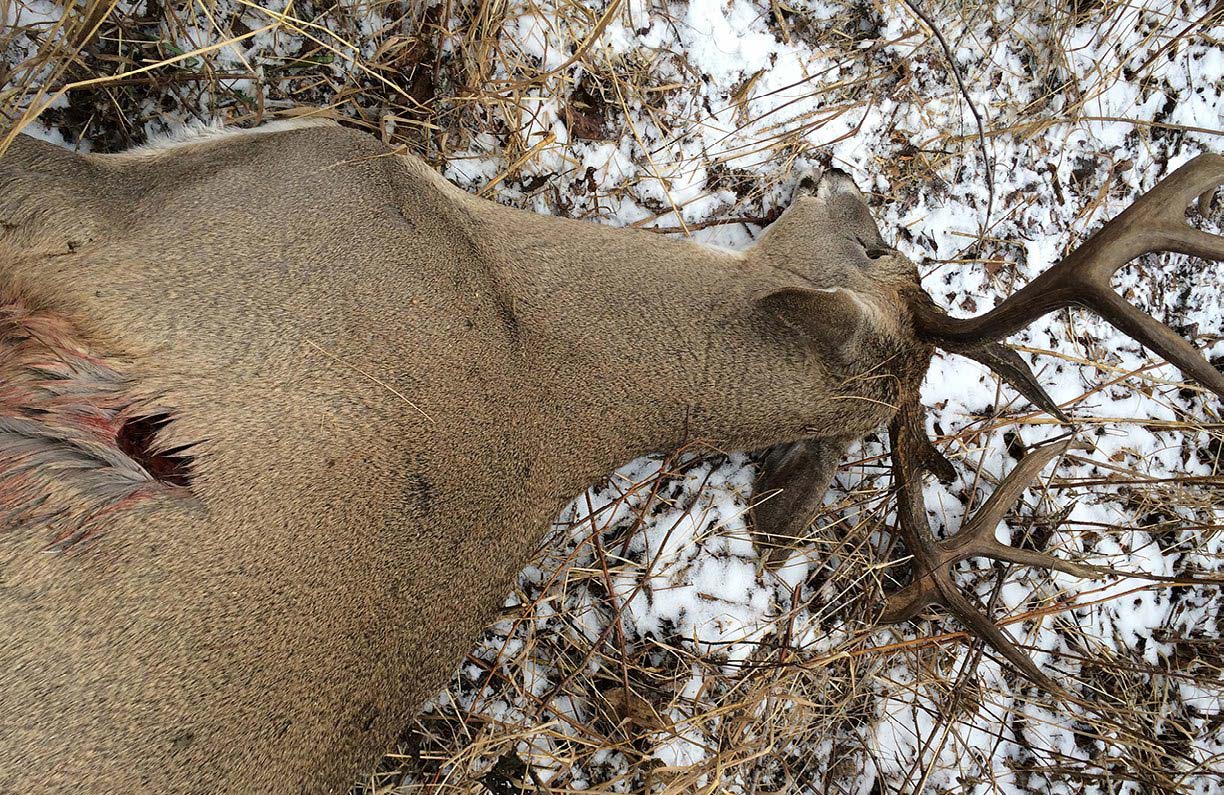
Beyond the Broadhead
New or old, it’s the strength, sharpness and overall cutting diameter of the broadhead that matters most. Your own bias will be influenced by the animals you plan to hunt and what works for you. Even still, shot placement trumps all of this. Without inflicting trauma and causing massive hemorrhaging to vital organs, even the perfect broadhead won’t bring down game.
Read Also:
Per our affiliate disclosure, we may earn revenue from the products available on this page. To learn more about how we test gear, click here.





